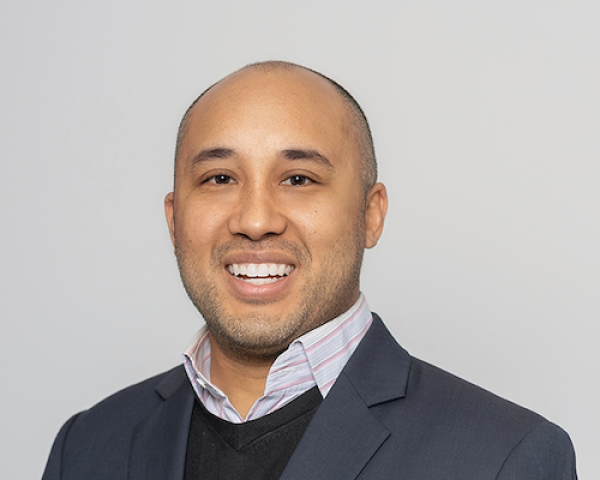Average height, average weight, non-smoker, occasional cannabis smoker and the kicker… 23 years old. The modern life insurance underwriter’s dream. The application flies through underwriting and is competitively priced. The consumer has a policy in hand at a record’s pace. But we do not live in a world of only 23-year-olds, and they aren’t thinking about life insurance on a consistent basis – but that’s a topic for another day.
Those who are more active in their life insurance search do not typically fit into that underwriter’s strength. So, what does one do with the 55-year-old diabetic, heart attack survivor with a high body mass index (BMI) who loves to scuba dive? Should you even try writing it or auto-decline? The key to writing a policy like this is in the data. With more data, more policies that may be immediately declined on direct-to-consumer platforms can go through, protecting more families and providing more peace of mind.
Caution: Risk Ahead
For centuries, the life insurance industry has been cautious by nature. With the help of data and technology, the analysis of risk is shifting, which will enable prudent underwriting without volatility.
By leaning on digital capabilities and years of structured statistics and insights, carriers are now able to effectively write impaired risks and minimize the number of lab requests and attending physician statements (APS). As many advisers know, labs and APS add weeks and sometimes months to the application process, prolonging the buyer journey and putting unnecessary friction in the process.
Companies like Legal & General America (LGA) are investing heavily in data and analytics to predictively ingest only the minimal amount of underwriting requirements for each specific case. LGA’s Lab Lift is an example of a new data source that can eliminates a lot of the redundancy of sourcing evidence.
See also: Breathing Life Into Life Insurance
Understanding Your Map’s Legend
By harnessing decades of data and listening to where other industry leaders are finding patterns, life insurers can minimize the amount of evidence for a given risk appetite. Automating straightforward applications with instant decisions and automated underwriting programs take the pressure off the underwriters to do what they do best on the more complicated applications, and impaired risks. The trend toward instant decision life insurance journeys will help get coverage to historically underserved markets.
Red Sky at Night
Brokers and advisers have always been meeting customers where they are on their journey, it is how the great ones do it week after week, year after year. By taking a few pages from their book, carriers can ease the burden on the advisers as well, giving them clearer options for smooth sailing no matter their client.
Insurtechs and eye-popping valuations have generated recent headlines. However, the core element of life insurance is a promise – between the carrier and the insured. Underwriting is a check and balance to make sure that both parties can honor that promise. Processes to enhance the efficiency serve not only the quick wins but finding the best solution for more complicated cases because every human is different. And we now have the technology, historical data and human brain power to make more promises to new segments of the population.







